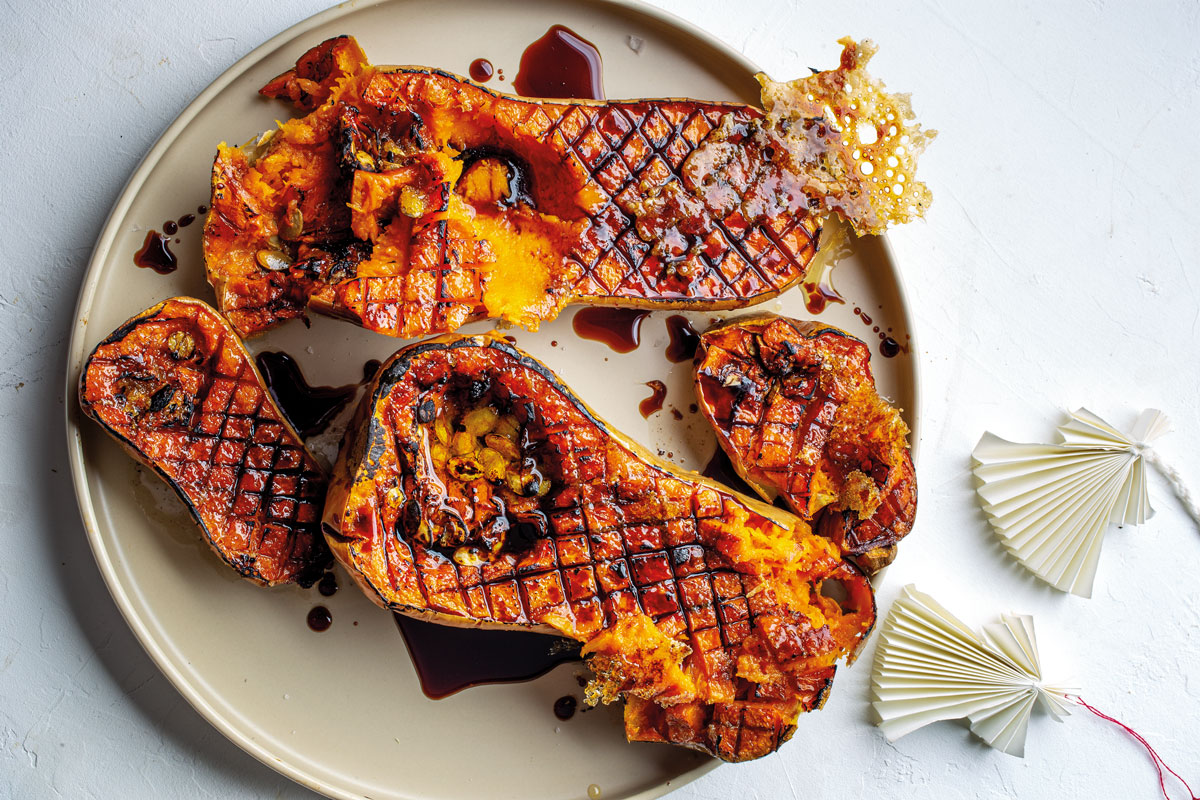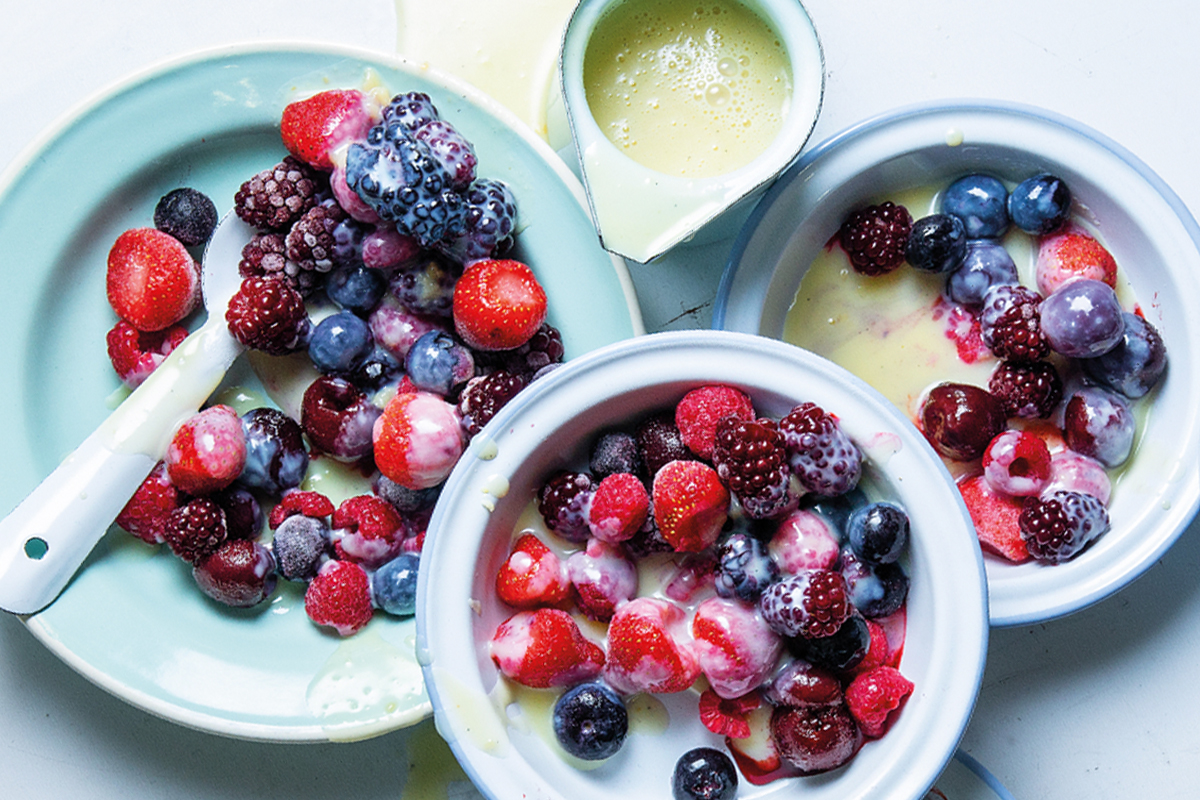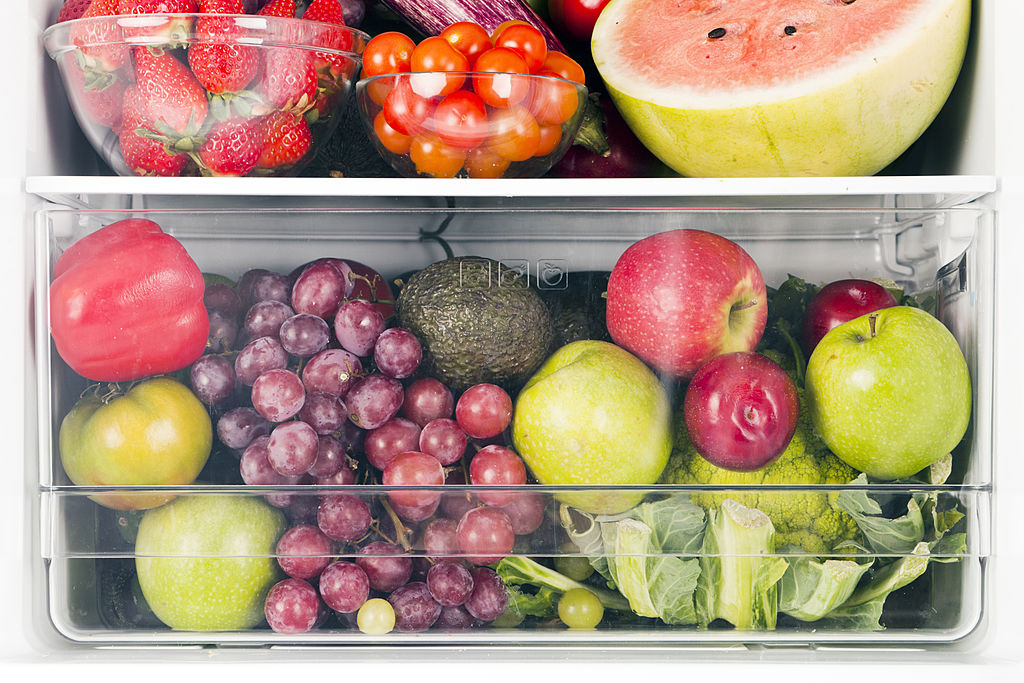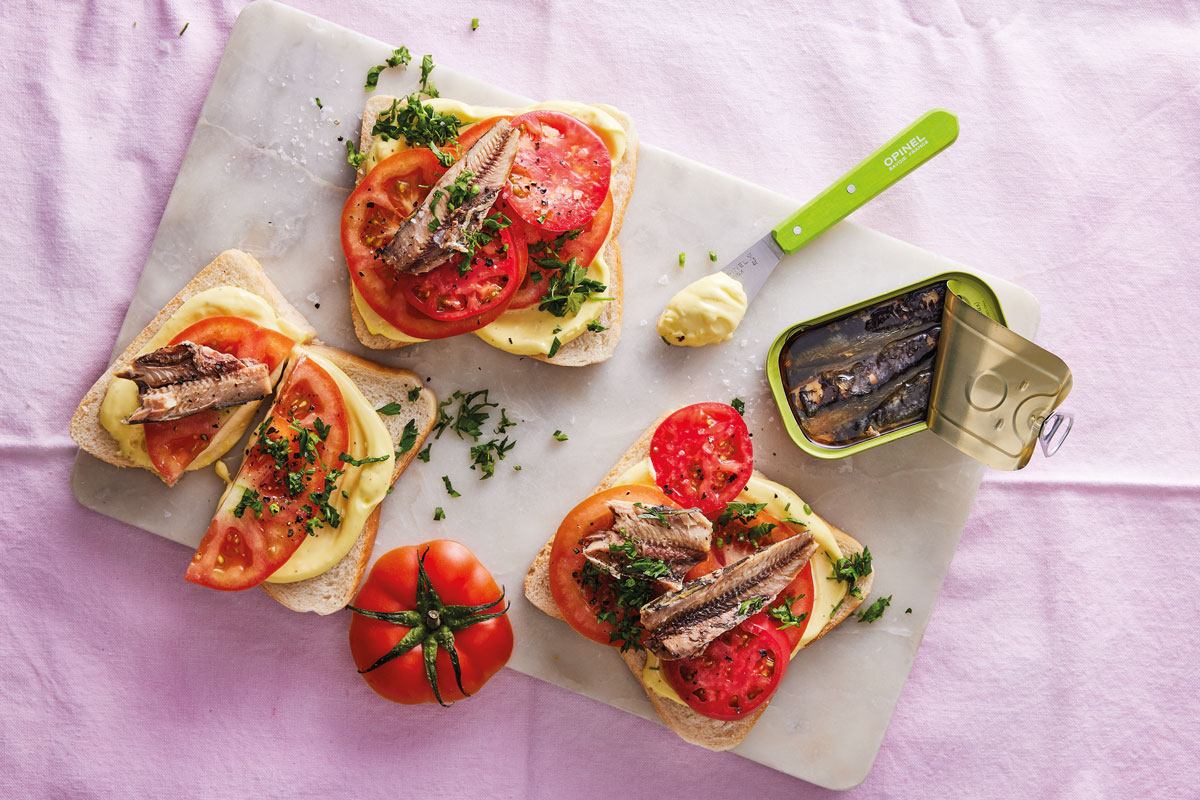The healthiest ways to store, eat and serve fruit and vegetables
Looking to get the most nutritional bang for your buck? We investigate the best ways to shop, store and prepare produce to optimise its nutritional value.
Straight talk: food is expensive, and healthy food is essential for a healthy lifestyle. With this in mind, we asked three local dieticians to share their advice on shopping for, storing, and prepping fresh produce – plus the lowdown on the nutritional value of frozen food.
How to choose fresh produce
When you’re selecting fresh produce, there are a few key tips to getting the best possible nutrients:
- Shop seasonal and shop local. Chantelle van der Merwe, a registered dietician based in Pretoria, says: “When produce is in season locally, it’s often harvested at peak ripeness and doesn’t require long storage or transport. This means better flavour and more nutrients.”
- When shopping, look for signs of freshness. “Produce should be firm, vibrantly coloured and free of bruises or soft spots. Avoid items with wrinkling and dark spots, which suggest age or internal damage.”
- Try to buy whole produce instead of pre-cut items. The moment produce is cut and exposed to light and heat it starts losing nutrients. (For example, consider how long a packet of pre-cut butternut lasts versus a whole butternut.)

Is frozen food less healthy than fresh?
There’s a misguided belief that frozen food has less nutritional value, but this isn’t true. Marie MacGregor, a registered dietician based in Cape Town, confirms: “If food is flash-frozen properly close to its source, there’s very little nutritional loss.” (Bear in mind that for any produce, a process of nutritional loss inevitably starts at harvesting.)
ALSO READ: What’s the deal with high-protein diets?
In some cases, argues Shani Cohen, a registered dietician based in Johannesburg, frozen food can be more nutritious than “fresh” food. “Consider flash-frozen spinach. It will be more nutrient dense than fresh spinach that’s been in your fridge for days.”
As for frozen home-made meals, the consensus is that a wholesome home-made meal that’s been frozen still has more nutritional value than a takeaway. And how to freeze it? Shani’s guideline is simple: “Place it in an airtight container to prevent freezer burn. And always label the food with the date you made it.” The general guideline is to consume food within three to six months of it being frozen.

How to store fruit and vegetables
To start, Chantelle advises that most fruit can be stored on the counter until ripe. You can move fruit to the fridge to slow the ripening process (if required) and extend freshness. Most vegetables – with the exception of root vegetables such as sweet potatoes, potatoes and squash – can go directly into the fridge.
Some other helpful tips include:
- Shani suggests that fruit and veg be stored separately, since some fruit releases ethylene gas, which can hasten the ripening process of other items.
- Another tip is to wash your produce only as you need it. Shani says: “People often shop in bulk and wash everything in one go and put it into the fridge to save time. But that added moisture can cause fresh produce to spoil. It’s better to wash as you use it.”
ALSO READ: Nutrition’s surprising role in balancing menopause symptoms
As for the question of what to store it in, it’s important to know that certain kinds of plastic containers can release harmful chemicals into your food. Says Marie: “When you look at the bottom of the container, you’ll see a number in a triangle. Numbers 1, 2, 4 and 5 are food safe and BPA-free – you can store food in those containers and reuse them. The numbers that you want to limit are 3, 6, and 7 – where 6, for example, is polystyrene.”

Marie also cautions against heating food in plastic containers. It’s safer to heat in glass, because glass does not react to heat. Plastic, however, can release chemicals when heated – even hot food placed in plastic can result in a chemical release. Chantelle also recommends glass containers for safe food storage. “They’re non-reactive, don’t absorb odours and are completely safe, unlike many plastics that can leach chemicals like BPA, especially with hot food and frequent washing.”
How to prep and cook food for best nutritional value
All three agree that there’s no blanket rule that applies to prepping produce – it depends on what you’re working with. “Some nutrients are at their best when raw, others are unlocked when they’re cooked,” explains Shani. “You don’t need to pick a side. Both raw and cooked food offer different benefits. The goal is variety – you want a mix.”
ALSO READ: 5 food myths dieticians wish would go away
Take the tomato. “When you consume it raw, it offers a lot of vitamin C,” says Marie. “However, when you roast it, it releases an antioxidant called lycopene.” And lycopene has been shown to be good for heart and prostate health. Another good example is spinach: spinach is high in vitamin C – but the vitamin C starts to break down as soon as you introduce heat. “So, the best way to consume spinach,” explains Shani, “is to eat it raw, in a salad for example.”

When cooking veggies, Chantelle shares these general guidelines:
- Avoid peeling vegetables before cooking to minimise oxidation (when vitamins are destroyed when exposed to air) and cut them after cooking, if possible, to reduce nutrient exposure to heat and water. (Also take into account that the peels often contain important nutrients.)
- Choose gentle cooking methods such as steaming, microwaving or stir-frying. These use minimal water and preserve heat-sensitive, water-soluble nutrients including vitamins B and C. Steaming is especially effective – it preserves up to 91% of vitamin C in leafy greens, compared to a loss of over 50% with boiling.
- Limit cooking time, especially with veggies, to avoid excessive nutrient loss.
- When using water-based methods such as boiling or simmering, try to consume the cooking water or broth to retain those leached nutrients. (Marie points to the way the water turns green when you cook broccoli – this contains nutrients! Save that water to add to your next veg soup.)
“There’s no one-size-fits-all method,” adds Chantelle. “But in general, less water, lower heat and shorter cooking times are key with veggies, in particular.”
ALSO READ: IBS in 2025: Everything you need to know
Chantelle van der Merwe is a registered dietician based in Pretoria, find her at essnutriments.co.za
Marie MacGregor is a registered dietician from Cape Town, contact her at ssisa.com/medical-services/dietetics
Shani Cohen is a registered dietician based in Johannesburg, contact her at shanicohen.co.za
This information is not intended to be a substitute for professional medical advice, diagnosis or treatment. Always seek the advice of your physician or other qualified healthcare provider with any questions you may have regarding a medical condition.



Comments